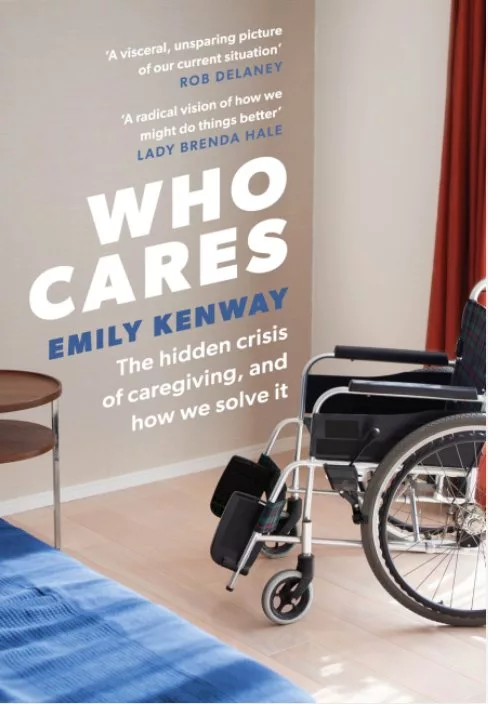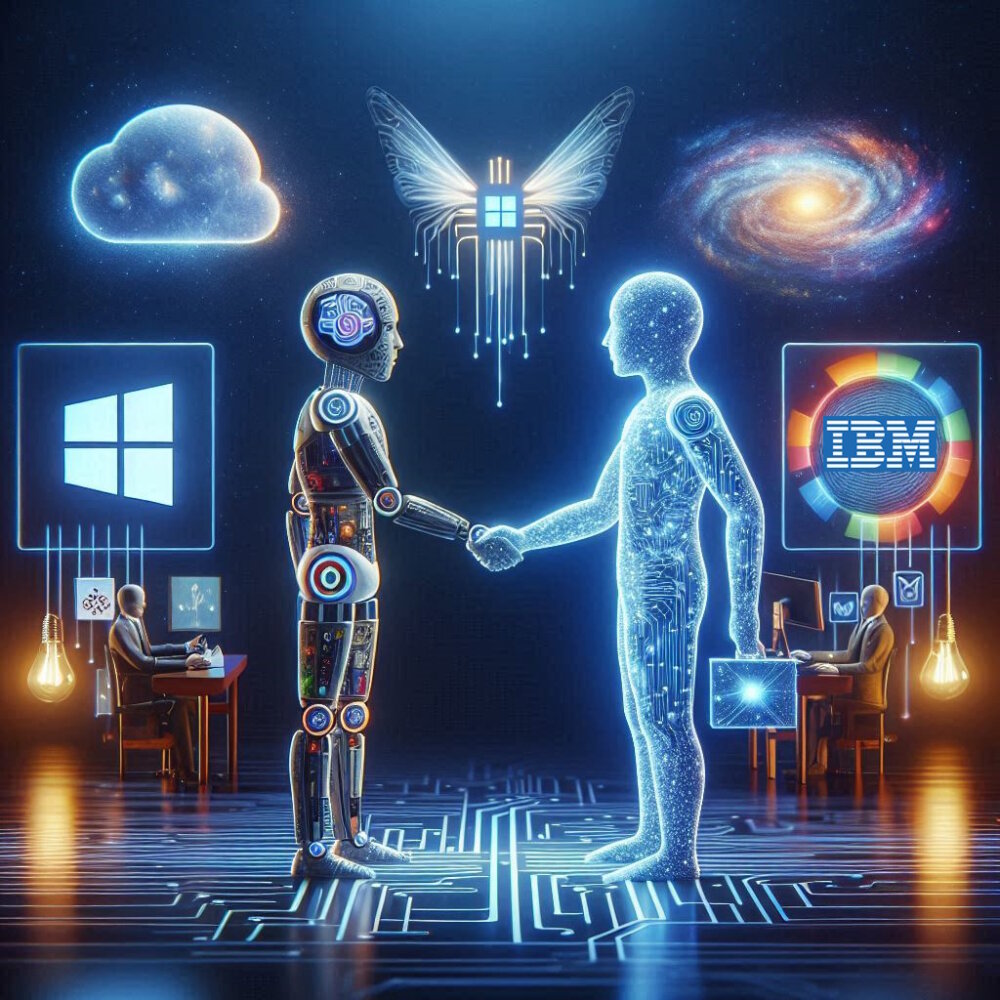
Why should we care about robot carers?
TechFinitive x FlashForward is our exclusive newsletter. Every fortnight, we pick a technology featured in a classic movie and fast forward to where it’s at today. Subscribe to it on Substack so that you’re notified every time a new edition goes out. This edition was originally published on the 18th of November.
Flashback: Frank is a burglar losing his memory. Robot is a robot deployed by his family to look after the ageing curmudgeon. This funny, bittersweet tale is an emotional story about getting old, the tension that age and illness cause within a family, and what would happen if you persuaded your robot carer to take up a sideline in jewel theft.
Flashforward to today: We’re still frustratingly far from the super-intelligent, super-powerful androids of science fiction. But if there’s one type of droid which seems worth creating in real life, it’s a caregiving robot smart enough to look after the sick, the elderly and those with disabilities.
This is what technology is supposed to be for, after all. Whether you’re a professional or looking after a family member, caring for other people is a physically and emotionally demanding job. Many caregivers struggle to fit care around full-time work and often develop health issues of their own. The impact of the Covid pandemic exposed the strains on the care sector and caregivers, many of whom are women.
Potentially, machines like the one in Robot and Frank or Batman in Big Hero 6 could make things easier for caregivers and provide a better quality of life to those being cared for. This is why a number of robot carers have been developed in real life.
One of the best-known carebots is Honda’s Asimo, a direct inspiration for Robot and Frank’s machine. As in the film, it looks a bit like a human walking jerkily in a white spacesuit with a black visor.
One of the major advantages of carebots is their potential ability to easily move humans who are unable to move themselves. One such device is called Hug. In 2015 we got a load of Robear, which can lift people from beds. It’s a robot with, you guessed it, the face of a bear.
Another recent development is Pepper: a wheeled, vaguely humanoid robot that learns about the people it’s looking after. That includes medical admin, like reminding them to take medication, and more holistic help like having simple conversations or playing music.
There’s evidence robots like this make a difference to the wellbeing of those being looked after. A trial in the UK and Japan found that older people in care homes felt a significant improvement in their mental health and a reduction in loneliness when they interacted with robots. Japan has more at stake than a general love of gadgets: the country has a dramatically ageing population and faces a critical shortage of caregivers.
More than most machines, reliability is a crucial requirement. A healthcare robot literally holds a patient’s life in its hands, and if it becomes damaged or even just confused then a patient could be at serious risk. It’s vital that caregiving and medical robots can contact humans to come and deal with a problem, whether it’s a worsening patient or just a faulty robot that needs help.
As with all connected devices and information-gathering systems, data security is also hugely important. That’s particularly important as we move into the era of AI. So-called “embodied” robots collect data from their surroundings – such as recording a patient’s behaviour or symptoms – then use artificial intelligence machine learning to process how to respond in real time. Whether it’s diagnosing a serious medical issue or chatting with a patient to stave off loneliness, a robot powered by AI could make a huge difference in people’s lives. But it would have to be a pretty powerful social learning system to deal with, for example, the shifting personality, memory and needs of a dementia patient like Frank in the movie.
Unfortunately, care robots have yet to live up to the movies. Writing in MIT Technology Review in January 2023, James Wright of the Alan Turing Institute explained that robots often end up forgotten in cupboards. Even in Japan, a country whose people are often said to have an affinity for robots, only 10% of care homes have introduced any kind of robot. Both Pepper and Robear have been discontinued.
Maintaining and operating carebots is often more work for a carer. Worse, time spent dealing with the carebot meant less interaction with the humans being looked after.
It may be that humanoid devices just look good on screen. Simpler devices may be more effective in easing the life and work of carers – tools like fall sensors, for example, or soundboards which help patients communicate their needs. Gadgets like MiRo and ElliQ sit in the home monitoring and interacting with patients, like an Amazon Echo with first aid training. Rather than waiting for you to ask Alexa, they know to prompt you with reminders and important information. If their motion sensors detect you aren’t moving, they ask if you’re all right. In MiRo’s case, they then send video footage and biometric data to emergency services. ElliQ can call emergency contacts and family (if the user gives permission first).
Will it sell?
In 2019 the British government announced a research programme into care robots which could “revolutionise the UK care system”. The plan was to invest in robots that could deliver food, help an elderly person up after a fall, and ensure they take medication at the correct time. The pandemic caused this investment plan to fall by the wayside. Perhaps the care sector crisis and the emergence of AI will reinvigorate this type of technology.
Fun fact
Robot and Frank stars Jeremy Strong, a few years before becoming Succession’s Kendall Roy. The film’s director Jake Schreier, meanwhile, has since directed many music videos and TV including the Netflix hit series Beef. Schrier is scheduled to direct the upcoming Marvel team-up movie Thunderbolts, while Robot and Frank writer Christopher Ford contributed to Marvel movie Spider-Man: Homecoming and co-created Star Wars cartoon Skeleton Crew.
The Asimo Award for Misuse of Technology
Movies about bittersweet bots have become something of a subgenre. From Big Hero 6 and Wall-E to Ron’s Gone Wrong and M3gan, we love learning life lessons from androids. If you liked Robot and Frank, another heartwrenching must-see is 2021’s After Yang, starring Colin Farrell.
Verdict
The Covid pandemic exposed a crisis in care, in Britain and the world. Innovative technology is one possible aspect of the solution, but let’s not be distracted by sci-fi gadgets. Ultimately, robots are unlikely to be able to form the relationships of mutual trust and respect that humans rely on. What’s really needed is an investment in people to provide care that meets the emotional, physical (and financial) needs of both those doing the caring and those being looked after.
Self-destruct sequence initialized.

More on care… and robots.
- ChatGPT plays doctor: what happened when a real NHS doctor asked the AI for medical advice
- How sci-fi tech influences healthcare
- Top companies disrupting healthcare with artificial intelligence (2023)
NEXT UP

Alexey Kalachik, CEO & Co-Founder at Fively: “The potential for digitalisation within insurance is enormous”
We interview serial entrepreneur Alexey Kalachik, CEO & Co-Founder at Fively, on the future of fintech and what makes this space so exciting for startups.

IBM bolsters AI push with Microsoft Copilot launch
In a bid to boost its AI offering, IBM Consulting will enable enterprises to create and manage AI copilots – including Copilot for Microsoft 365

Andrew Kay, Director of Systems Engineering APJ at Illumio: “The most worrying development with ransomware is that it has evolved from simply stealing data to impacting IT availability”
Andrew Kay, Director of Systems Engineering APJ at Illumio, has 20 years’ experience helping organisations strengthen their cyber resilience. We interview him as part of our Threats series on cybersecurity.
